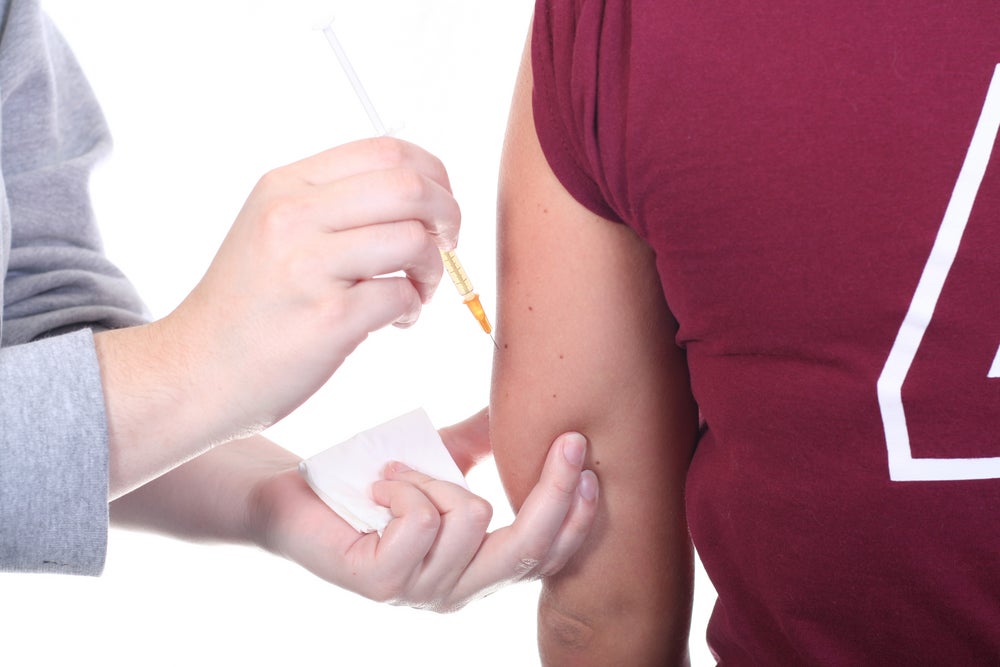The manufacturing of monoclonal antibodies and the latest trends in this sector were discussed at length by Pierno at a talk during the CPHI Europe conference, which took place 8–10 October in Milan, Italy.
In recent times, there has been an increasing number of subcutaneous therapeutics compared to intravenous therapeutics due to various benefits with the former, including the ability to self-administer, and reduced cost and time spent at care facilities. Subcutaneous delivery requires high-concentration therapeutics due to the lower volume of product being administered through an injection.
High-concentration biologics have final concentrations of over 100g/L and some companies are targeting final product concentrations of 250g/L, Pierno highlighted. Pierno said there is a need for biosimilar reformulation, which is partially driving high-concentration therapeutic demand, he said.
Some key high-concentration biologics include Novartis’s interleukin (IL)-17A Cosentyx (secukinumab), Genentech and Novartis’s Xolair (omalizumab), and Sanofi/Regeneron Pharmaceuticals’ IL-4/IL-13 antibody Dupixent (dupilumab).
Most challenges in high concentration therapeutic manufacturing stem from sterile filtration and tangential flow filtration (TFF) according to Pierno, which may lead to increased viscosity, longer processing times, and aggregate formation. This in turn leads to high costs per unit volume and lower processing times. In order to combat this, Pierno says it is important to focus on the optimisation of TFF parameters, and the development of new cassettes to improve recovery procedures.
The importance of selecting the right membrane for high-concentration mAbs was highlighted throughout Pierno’s talk. The first essential step for suitable membrane development is to understand the characteristics of high-concentration mAbs, such as their viscosity and flux and perform preliminary studies to determine them, he said. To directly address the challenges of high-concentration mAb filtration, the goal is “to develop a new sterile filter with high throughput for high-concentration mAbs”. There is a need to maximise membrane area and improve the filtration process while maintaining quality and simultaneously reducing costs, he said.









